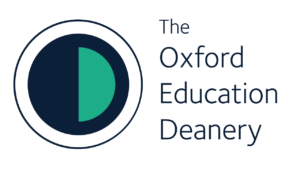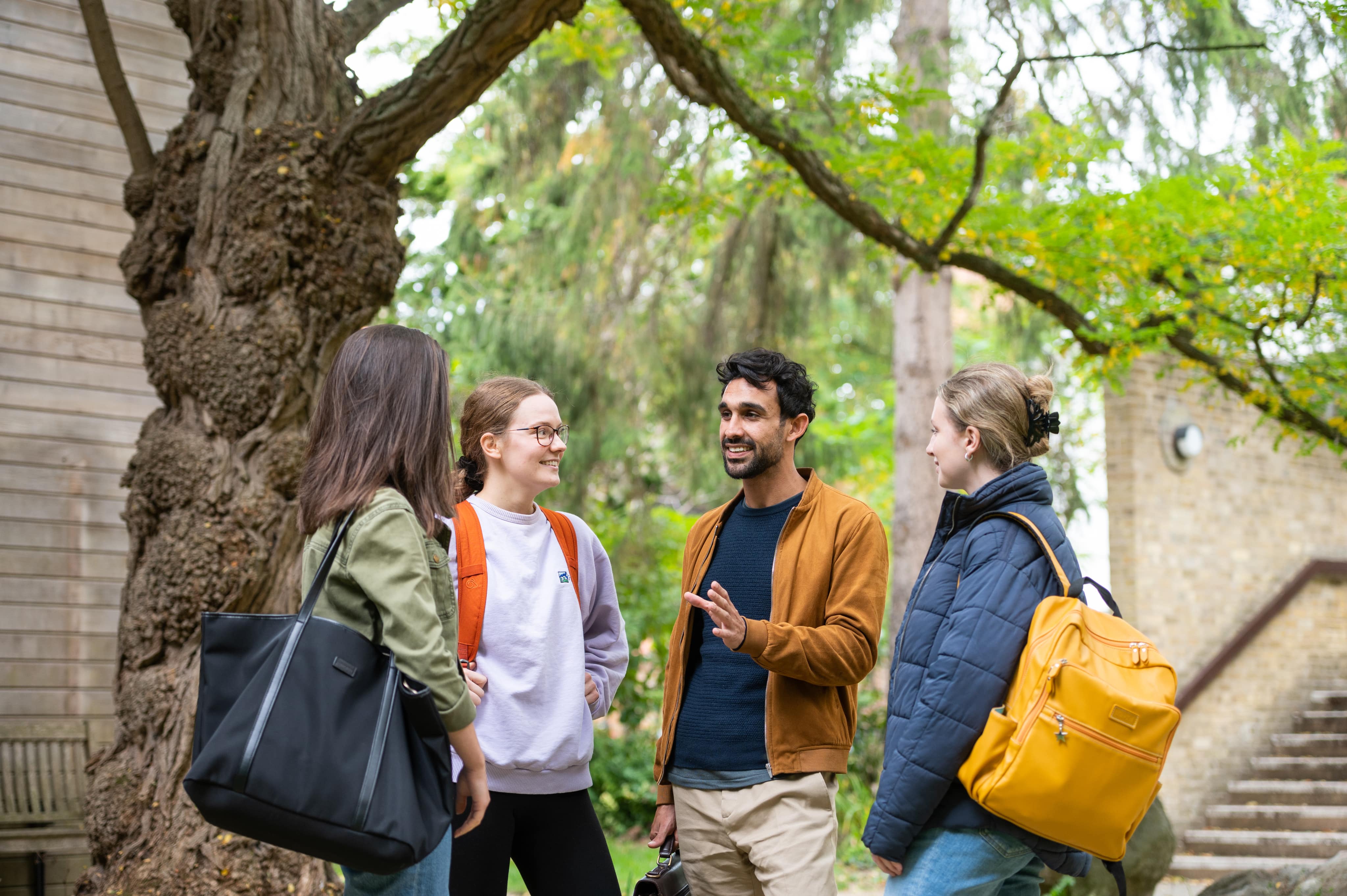The Project
This Deanery Digest is based on the following research article:
Zacharias, A. P., & Aitken, D. (2025). “Encouraged to be Your True Self”: An Interpretative Phenomenological Study of Medical Students’ Experiences of Role Models in Shaping Sexual Minority Identity in Medical School. Teaching and learning in medicine, 1–16. https://doi.org/10.1080/10401334.2025.2451911
What is this research about and why is it important?
People who identify with a sexual and/or gender minority (SGM) identity face differential health outcomes to non-SGM counterparts. Much of this is due to fear, and actual experiences of, discrimination and sometimes even outright refusal of care. Consequently, this group may avoid seeking healthcare when they need it most, and translates to higher rates of physical (cancer, sexually transmitted infections) and mental (depression, eating disorders, suicidality) illness. There is evidence that healthcare providers who identify as SGM feel better equipped to provide more tailored and higher quality care. Similarly, exposure to SGM individuals during medical school education has been shown to reduce both implicit and explicit bias against SGM individuals. Consequently, improving representation of SGM medical students at medical school is a powerful way of tackling these inequalities. Much of this work has traditionally focused on increasing admittance of SGM students into medical school, but this does not translate to belonging (and reduce discrimination) once admitted. Role modelling in medicine and wider social science fields has been shown to be effective in professional identity development, but little has been done on their utility in personal identity formation. We sought to explore the experiences of SGM medical students with role models in UK medical schools. This could ultimately realise whether role models remain a powerful tool in improving the representation of SGM medical students who already exist in medical schools, but may be otherwise reluctant to expose this aspect of their personal identity.
What did we do?
We recruited eight participants (five students and three faculty) across three UK medical schools, conducting one-to-one interviews with each, to get their experiences of role models in medical school. Unfortunately, only one person identified with a gender minority identity despite multiple recruitment methods, so our question was narrowed to sexual minority (SM) identities. We looked at both student and faculty experiences because faculty are often assumed to be role models to students. So, exploring both sides of the role modelling dynamic was important to get rich insights. We used a technique called ‘interpretative phenomenological analysis’, which takes each experience as its own data set rather than trying to compare and deduce similarities between each participant. Central to this was including our own experiences as sexual minority medical educators and researchers in our analysis, accounting for how our own experiences could affect how we analysed each interview. Using this methodology allowed us to respect the unique experiences of each participant and avoided homogenising this diverse group into one ‘SGM’ umbrella.
Our underlying theoretical basis was that medical schools (and society in general) normalise straight, cis-gendered identities and other anything that does not fit with this (termed ‘cisheteronormativity’). By using role models to increase representation of SGM medical students, we explored how they could push back against this normativity – a theory termed ‘Queer Theory’.
What did we find?
SM medical students used role models but often implicitly without realising it. They often used them through a circular process of 1) role model identification; (2) role model selection, influenced by matched wider identities including generation, hierarchy and power; (3) trait assimilation, particularly where identity deficits were perceived; and (4) identity projection, where students used role models to both emulate comfortable SM identity projection, and become advocatory role models themselves. Throughout, participants described role models as multifaceted in their direction (vertical and horizontal), influence (positive and negative) and locus of effect (as individuals, and as part of a collective). Unexpectedly, identity, power, and hierarchy-matching meant peer-to-peer role modelling was often experienced more positively than vertical faculty-to-student role modelling. This was often because peer role models were more likely to integrate their personal identities into their professional one as budding doctors, whereas faculty were less likely to do this (and often actively pushed against this). However, as expected, heteronormativity exerted an inhibitory effect on this process. We used our results to map how role models are used at the individual level to push back against heteronormative contexts at the collective societal level at medical schools. We put together a model called the ‘double funnel’ model to illustrate this.
What does it all mean anyway?
- Medical schools need to value personal SM identities visibly existing in their institutions. This includes reiterating that it is not unprofessional, inappropriate or irrelevant to display these identities as these feelings amongst both students and faculty impeded role modelling identification and their utility.
- Our work reiterates that being a medical educator is not just about teaching medicine and professionalism. It is also about fostering wider identities in students that are crucial in them providing culturally-competent care.
- More work is needed to explore whether our findings map onto gender minority medical students, and those who hold multiple minority identities (e.g. minority ethnicity, socioeconomic status, religious beliefs, disabilities and neurodivergence) as their experiences may be very different and require specific interventions to facilitate positive role modelling.

